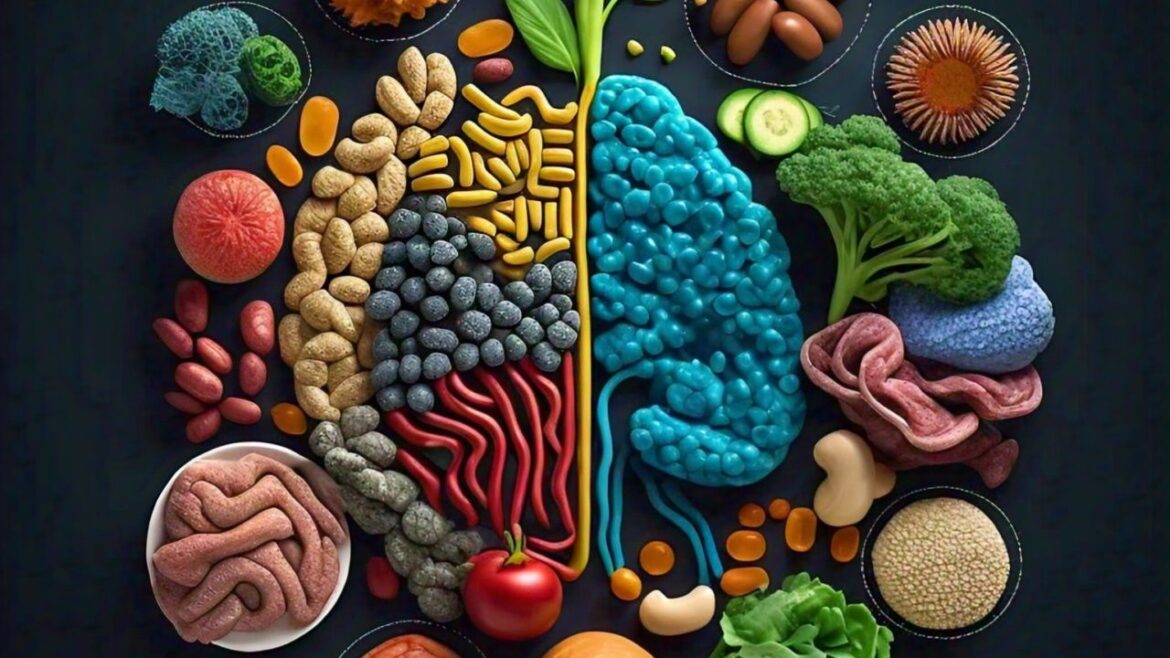Unlocking Radiance: A Holistic Approach to Health and Beauty
http://icdrc.org/wp-content/uploads/2024/07/images-5.jpeg 224 225 admin admin http://0.gravatar.com/avatar/693ccb227eb6527287caaa4e9eb13c6e?s=96&d=mm&r=gIn today’s world, health and beauty are often seen as separate realms. However, the truth is that they are deeply interconnected. To truly shine, one must nurture both. This guide will explore how you can enhance your health and beauty through simple, actionable steps.
Understanding the Connection Between Health and Beauty
Beauty starts from within. It’s not just about what you apply to your skin but also about what you consume and how you care for your body. A healthy lifestyle can enhance your appearance and vice versa. Let’s delve into the essential components of this synergy.
1. Nourish Your Body
Balanced Diet: The Foundation of Beauty
A nutritious diet is fundamental to good health and beautiful skin. Incorporate a variety of fruits, vegetables, whole grains, and lean proteins into your meals. These foods provide essential vitamins and minerals that support your skin’s health. For example:
- Vitamin C: Found in citrus fruits, strawberries, and bell peppers, Vitamin C helps in collagen production, which keeps your skin firm and youthful.
- Omega-3 Fatty Acids: Present in fish like salmon and flaxseeds, Omega-3s help maintain skin hydration and elasticity.
Hydration: A Simple Yet Powerful Tool
Water is crucial for maintaining skin moisture and flushing out toxins. Aim to drink at least eight glasses of water a day. Proper hydration can help reduce the appearance of fine lines and give your skin a healthy glow.
2. Exercise Regularly
Boosting Circulation for Radiant Skin
Exercise is more than just a way to stay fit; it’s also beneficial for your skin. Physical activity improves blood circulation, which helps deliver nutrients to your skin cells. This can lead to a brighter, more even complexion.
Stress Reduction Through Movement
Regular exercise also reduces stress, which is known to contribute to various skin issues such as acne and premature aging. Engaging in activities like yoga or running can help manage stress levels, enhancing both your physical and mental well-being.
3. Prioritize Quality Sleep
The Role of Sleep in Skin Repair
Sleep is essential for overall health and beauty. During sleep, your body undergoes repair processes, including the regeneration of skin cells. Lack of sleep can lead to dark circles, dull skin, and an overall tired appearance.
Creating a Restful Environment
To improve sleep quality, establish a calming bedtime routine. Consider practices like reading or taking a warm bath before bed. Ensuring your bedroom is cool, dark, and quiet can also promote better sleep.
4. Develop a Skincare Routine
Cleansing: The First Step
A proper skincare routine starts with cleansing. Use a gentle cleanser to remove impurities and makeup from your skin. This helps prevent clogged pores and promotes a clear complexion.
Exfoliation: Revealing Fresh Skin
Exfoliation removes dead skin cells, revealing a fresher layer of skin underneath. Exfoliate once or twice a week using a product suitable for your skin type. Be careful not to over-exfoliate, as this can irritate your skin.
Moisturizing: Locking in Hydration
Apply a moisturizer to keep your skin hydrated and supple. Choose a product based on your skin type—whether it’s oily, dry, or combination. Don’t forget to apply sunscreen daily to protect your skin from harmful UV rays.
5. Makeup: Enhancing Your Natural Beauty
The Power of Minimalism
Makeup should enhance rather than mask your natural beauty. Focus on techniques that highlight your best features. For example, a light foundation can even out your complexion, while subtle contouring can define your face shape.
Choosing Quality Products
Select high-quality, non-comedogenic makeup products that won’t clog your pores. Look for products that offer additional skincare benefits, such as SPF protection or hydration.
6. Manage Stress Effectively
The Impact of Stress on Beauty
Stress can negatively impact your health and appearance. It may cause skin problems like acne, premature aging, and dullness. Managing stress is crucial for maintaining your beauty and overall well-being.
Effective Stress-Reduction Techniques
Incorporate stress-reducing activities into your daily routine. Practices like mindfulness meditation, deep breathing exercises, and hobbies you enjoy can help alleviate stress. Regular relaxation helps maintain a positive outlook and a healthy appearance.
7. Embrace Wellness Practices
Holistic Approaches to Beauty
Incorporate wellness practices into your routine to enhance both health and beauty. Consider holistic treatments such as:
- Aromatherapy: Essential oils like lavender and chamomile can promote relaxation and improve mood.
- Massage Therapy: Regular massages can improve circulation and reduce muscle tension, contributing to a more relaxed appearance.
Mindfulness and Gratitude
Cultivating a positive mindset through mindfulness and gratitude can also improve your overall well-being. When you feel good mentally, it often translates to a more vibrant appearance. Start a gratitude journal or practice daily mindfulness to boost your mental health.
8. Seek Professional Advice
Consulting with Experts
Sometimes, professional guidance can be beneficial. A dermatologist can help address specific skin concerns, while a nutritionist can provide personalized dietary advice. Don’t hesitate to seek professional help if needed to achieve your health and beauty goals.
Conclusion
Achieving harmony between health and beauty requires a holistic approach. Nourish your body with a balanced diet, stay hydrated, and exercise regularly. Prioritize quality sleep, develop a consistent skincare routine, and choose makeup that enhances your natural features. Manage stress effectively, embrace wellness practices, and seek professional advice when necessary.
By integrating these practices into your daily life, you can enhance both your health and beauty, leading to a more radiant and confident you. Remember, true beauty shines from within, and nurturing your body and mind is the key to unlocking your full potential.
This blog combines practical advice with a holistic approach, aiming to address various aspects of health and beauty comprehensively. Feel free to adjust any sections based on your specific needs or audience!
learn about Sustainable Beauty: Embracing Eco-Friendly Practices for a Greener Future
learn abouthttps://www.healthline.com/health/beauty-skin-care









